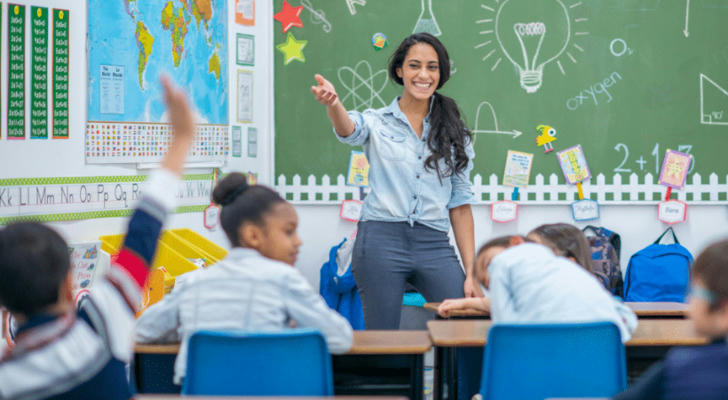The Importance of Positive Reinforcement for School-Aged Children

Positive reinforcement is a fundamental strategy in behavioral psychology that involves giving a reward after someone exhibits a desired behavior, encouraging them to repeat that behavior. For school-aged children, the application of positive reinforcement is of importance. It fosters an environment that is supportive and motivational, which is essential for academic success, the development of social skills, and the cultivation of a positive self-image.

Understanding Positive Reinforcement
The concept of positive reinforcement is based on the idea that if a behavior is followed by a pleasant consequence, the likelihood of that behavior being repeated increases. This is different from negative reinforcement, which involves removing an unpleasant stimulus to encourage a behavior. Positive reinforcement is generally more effective and preferable because it focuses on rewards rather than punishment, creating a more positive learning experience.
Key Ways to Use Positive Reinforcement Effectively
Verbal Praise
One of the most effective forms of positive reinforcement is verbal praise. When offering praise, it's important to be specific and genuine. For instance, instead of a vague "Good job," a more meaningful compliment might be, "I'm impressed with how neatly you organized your study materials." This type of praise not only acknowledges the behavior but also the effort and thought behind it.
Tangible Rewards
Tangible rewards, such as stickers, small toys, or extra playtime, can also be powerful motivators. It's crucial to choose rewards that are meaningful to the child and to use them sparingly to avoid creating an over-reliance on external rewards. The goal is to enhance intrinsic motivation while still providing tangible incentives for positive behavior.
Quality Time
Spending quality time with a child is a form of positive reinforcement that can have a lasting impact. Engaging in activities together, such as playing a game, going for a walk, or working on a project, can reinforce positive behavior and strengthen the bond between the child and the caregiver. The key is to ensure that the time spent is undistracted and focused, showing the child that they are valued.
Using Positive Reinforcement
Setting Clear Goals
Clear goals are essential for effective positive reinforcement. These goals should be specific, achievable, and communicated clearly to the child. For example, "I want you to improve your reading skills by reading for at least 15 minutes every day" sets a clear and attainable goal.
Being Consistent and Timely
Consistency and timing are critical when applying positive reinforcement. Rewards should be given immediately after the desired behavior to create a strong association between the action and the reward. Consistency in reinforcement helps children understand what is expected of them and what they can achieve.
Including Your Child
Involving children in the process of positive reinforcement can empower them and teach them about self-motivation. Allowing them to have a say in the rewards or the goals they are working towards can increase their investment in the process.
Dealing with Common Problems
Handling Resistance
Resistance to positive reinforcement can occur, and it's important to handle it with patience and flexibility. Offering choices and involving the child in the decision-making process can help overcome reluctance and make the reinforcement more effective.
Avoiding a Sense of Entitlement
To prevent a sense of entitlement, it's important to use rewards judiciously. Rewards should be reserved for significant achievements or improvements, teaching children that they must earn their rewards through effort and perseverance.

Real-Life Examples and Stories
Real-life examples provide valuable insights into the practical application of positive reinforcement. For instance, a teacher who implemented a point system for good behavior saw a marked improvement in classroom discipline and student engagement. Similarly, a parent who used a star chart for completing chores found that their child became more responsible and self-motivated.
These examples illustrate the power of positive reinforcement when it is applied thoughtfully and consistently. They serve as a testament to the potential for positive reinforcement to shape behaviors and attitudes in a positive direction.

Conclusion
In conclusion, positive reinforcement is a vital tool in the development of school-aged children. By employing simple yet effective techniques such as verbal praise, tangible rewards, and quality time, we can create an environment that nurtures growth and success. The benefits of positive reinforcement are clear, and it is my hope that the insights provided in this article will encourage consistent application of these techniques to support our children in reaching their full potential. Remember, the impact of positive reinforcement is not just immediate but can also shape a child's future behavior and self-esteem in the long term.
